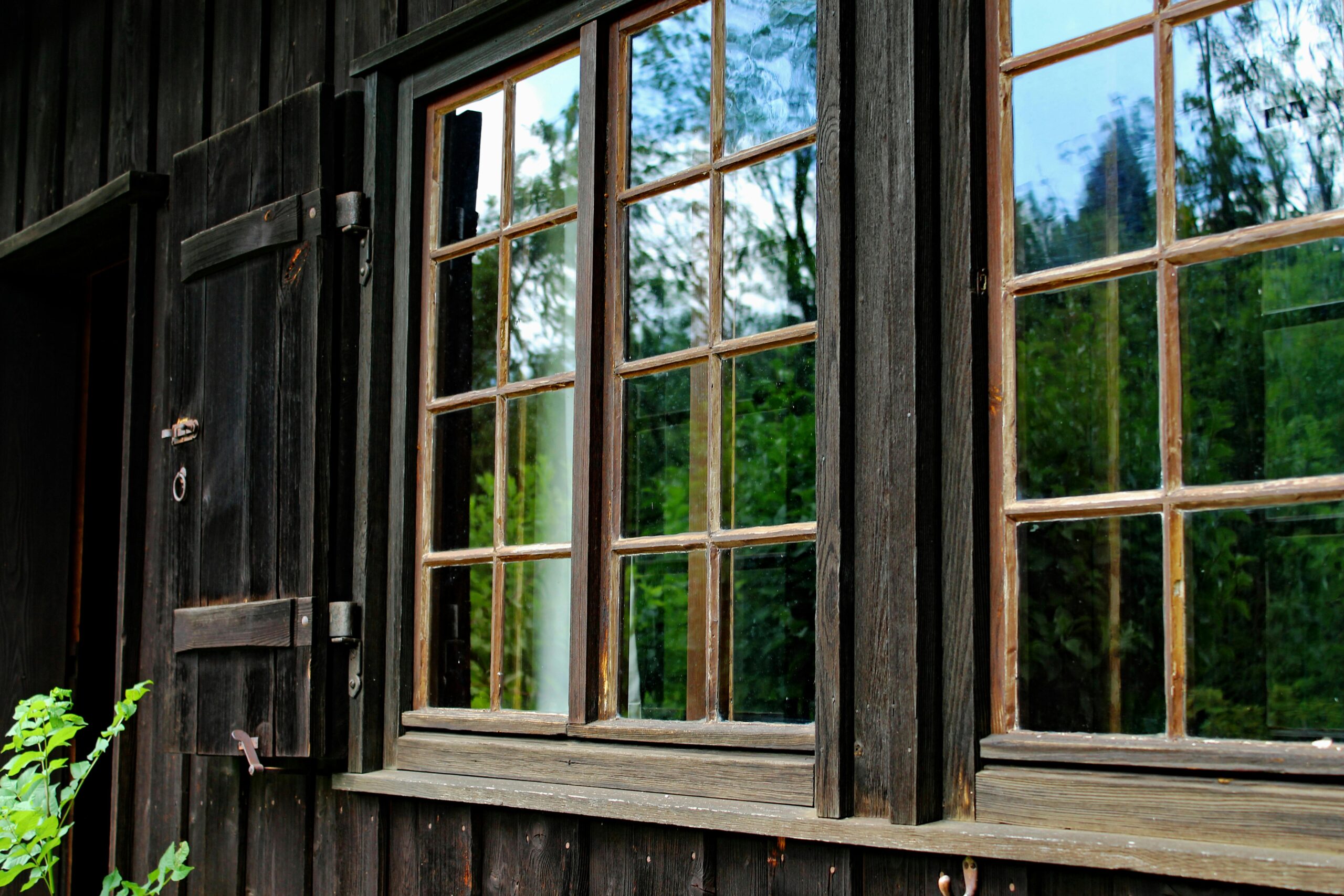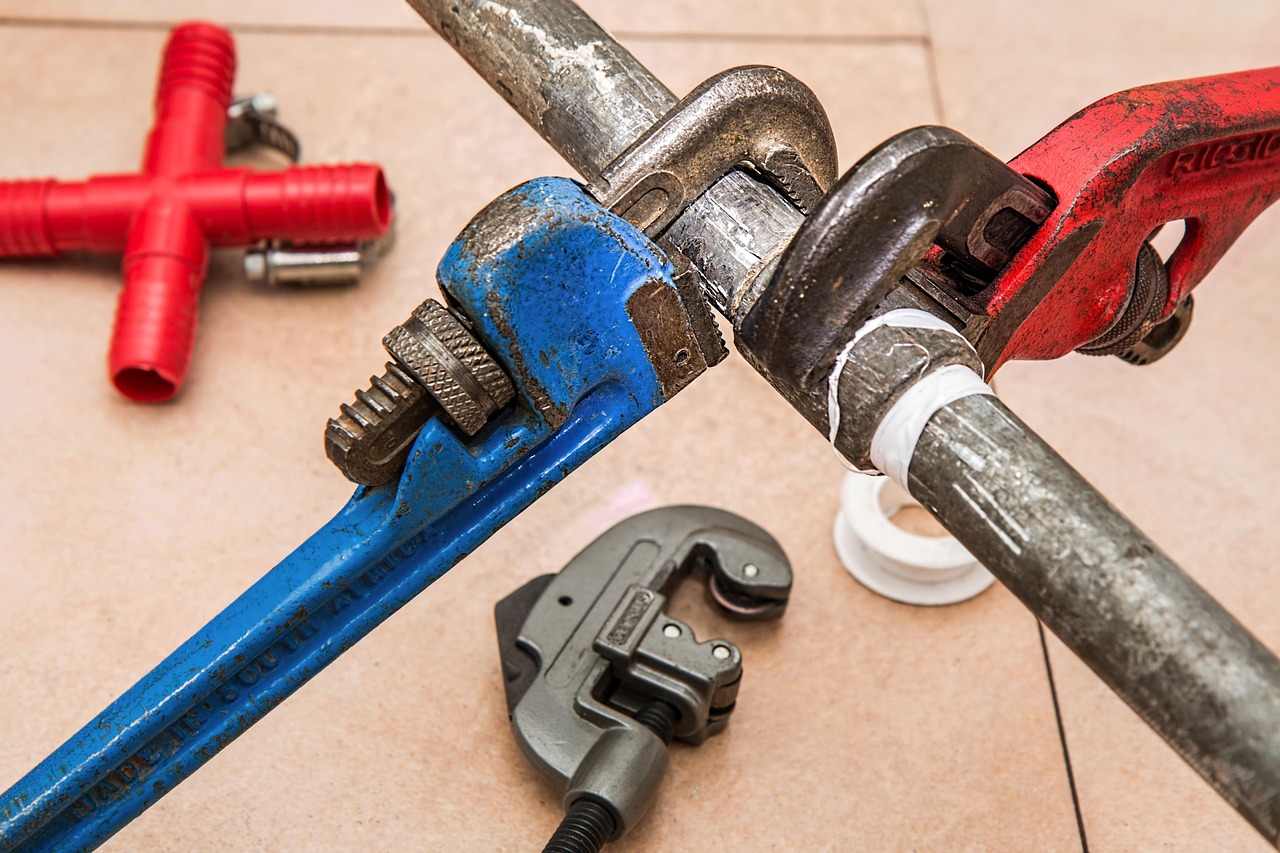Owning a historic home comes with unique challenges, particularly when deciding how to address aging windows. The debate between restoring original windows versus replacing them with modern alternatives represents a significant crossroads for homeowners of older properties. This choice involves careful consideration of architectural authenticity, energy performance, long-term costs, and practical functionality. Understanding the advantages and limitations of each approach can help property owners make informed decisions that honor their home’s heritage while meeting contemporary needs.
The Value of Original Windows
Original windows in historic homes are more than just functional elements—they’re architectural features that contribute significantly to a property’s character and historical value. These windows were often crafted with old-growth timber, which is denser and more resilient than today’s wood products. The craftsmanship evident in historic windows—with their unique muntins, wavy glass, and custom proportions—cannot be easily replicated in mass-produced modern windows. Preserving original windows maintains the authentic aesthetic of the period and can even enhance property value in historic districts where architectural integrity is prized.
The historic window restoration cost may initially seem steep, typically ranging from $500 to $1,000 per window depending on condition and complexity. However, this investment should be viewed in context of the window’s lifespan. Properly restored original windows can last another century with regular maintenance, while replacement windows typically have warranties of only 20-30 years. For homes in historically designated areas, restoration may also be the only option permitted by preservation ordinances.
The Case for Replacement Windows
When considering replacing windows in an old house, modern manufacturing offers significant advantages in terms of energy performance. Contemporary double or triple-pane windows with low-E coatings and inert gas fills can dramatically improve insulation values. For homeowners struggling with drafty rooms and high utility bills, the energy efficiency improvements from replacements can be substantial—potentially reducing heating and cooling costs by 10-25%.
Modern replacements also offer convenience features unavailable in original designs: tilt-in sashes for easy cleaning, integrated blinds, and enhanced security features. For homes where the original windows have already been replaced with inappropriate styles or where original windows are beyond reasonable repair, quality replacements designed to match the historic aesthetic may be the most practical solution.
Energy Efficiency Considerations for Historic Homes
Energy efficiency in historic homes doesn’t necessarily require window replacement. Studies by preservation organizations have demonstrated that properly restored windows with added storm windows can achieve insulation values comparable to modern replacements. Weather-stripping, sash locks, and properly fitted storm windows can dramatically improve the performance of original windows while preserving their historic integrity.
Additionally, window performance represents only one factor in a home’s overall energy profile. Historic homes typically lose more energy through inadequate attic insulation, unsealed penetrations, and inefficient HVAC systems than through windows. A comprehensive energy audit can identify the most cost-effective improvements for increasing efficiency while respecting the home’s historic character.
Finding the Middle Ground
For many homeowners, the best approach combines selective restoration and replacement. Windows on prominent facades visible from the street might be meticulously restored, while less visible windows might be replaced with high-quality replicas that offer improved performance. Custom window manufacturers can now produce historically appropriate replacements with modern energy features hidden within traditional profiles.
When planning window work, consulting with preservation specialists is invaluable. These experts can provide guidance on appropriate treatments for specific architectural styles and periods. Professionals found through platforms like AskHomey can help evaluate your specific situation and recommend contractors specializing in historic window work who understand the unique challenges of older structures.
Making the Final Decision
The choice between restoration and replacement ultimately depends on your specific circumstances, budget, and goals for your property. If preserving architectural authenticity is paramount, restoration is likely the better path despite potentially higher upfront costs. If significant energy improvements and reduced maintenance are priorities, selective replacement with historically sympathetic products may be appropriate.
Before making this decision, obtain multiple estimates for both restoration and replacement options to understand the true cost difference. Remember that restoration may qualify for historic preservation tax incentives in some areas, potentially offsetting the higher initial expense. Consider also the environmental impact—restoration reuses existing materials, while replacement creates waste and requires new material production.
Regardless of which direction you choose, working with contractors experienced in historic homes is essential. They’ll understand the unique construction methods of older buildings and how to address them without causing unintended damage to surrounding materials.
For more tips and to connect with reliable home service professionals, follow AskHomey on Facebook and Instagram.



